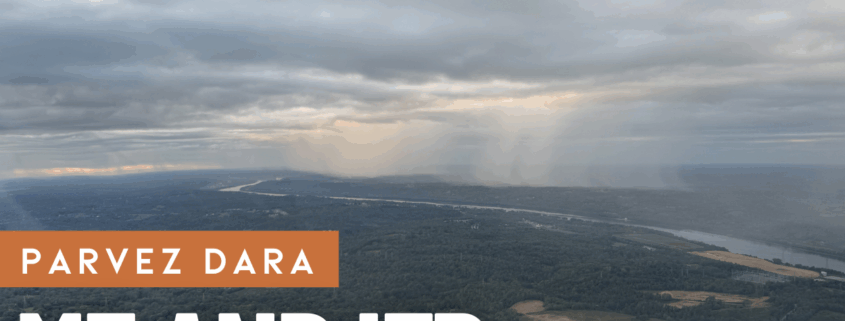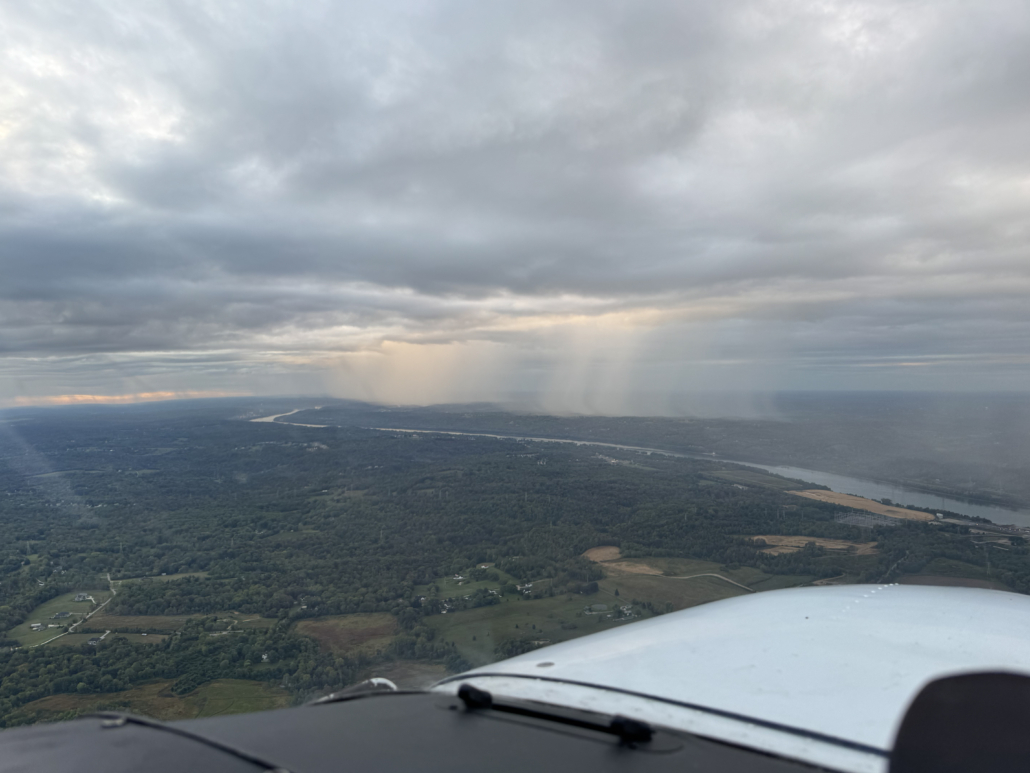|
Getting your Trinity Audio player ready...
|
Some never progress, some come up short, some feel overwhelmed, and others marshal through time and experimentation, forging micro-rebellions within their constitution to defy gravity and expose themselves to chance. Such is the pilot who seeks to fly in the wispy clouds of grey blindness and challenge himself or herself.
Flying in the clouds is like flying a moonless night over an unlit, mountainous, watery, or uninhabited landscape. It is the single most important certification that signifies aviation skill. And it is always a good idea to fly by Instrument Flight Rules at night.
I remember wearing “foggles” and other view-limiting devices during my IFR journey. There was always the urge to fling them off and confront the blue sky whenever the jitters exceeded my mind’s capacity to accept limited reality. Every moment in space acted as a lesson in the difference between half-fathomed desire and unfathomed skills yet to be honed.
My instructor, a freshly minted young CFI, tossed me into the clouds with himself in the right seat. The ceilings were low—I always said 400 feet, but in truth they were at 2,000. As the Cherokee slid into the featureless grey clouds, my arms and neck tightened, and an ache began in the nape of my neck. The aircraft labored slightly under the white-knuckled pull on the yoke. My instructor countered with his own control input, muttering invectives, and eventually regained dominion over the controls, letting out a sigh. That aircraft sound and feel remain encoded in my brain.
I muddled through the lesson, 200 feet up and down from target altitude, 30 degrees off heading at one point, prompting ATC to ask, “Cherokee, say heading?” I was blanking out. My instructor calmly replied, “Training flight, sir. We will resume 060 heading.” Those 70 minutes felt like 70 hours compressed into each moment.
The next session was slightly better—but still a challenge. The young instructor introduced VOR navigation, and I couldn’t figure out whether I was left or right of the track, or going “to” or “from” the VOR (no HSI in that Cherokee). Fortunately, the sky was blue that day, and I still wore the foggles, which unintentionally helped. After an hour, drenched in sweat and with exhausted arms, we landed with a bounced landing (we can’t have it all). The wonders of flight are plentiful. Mind and body adapt painfully, yet profoundly. I still encourage insecure or under-practiced pilots with a simple, “You are doing good!”
Next came a 100-mile IFR journey with my instructor. Conditions were VFR on both ends, with a stratus layer at 5,000 feet. I executed an RNAV approach, only to discover the aircraft was 30 degrees off the centerline. I continued until the instructor asked me to remove the view limiter—trees were directly ahead. “Oops, darn it,” I said, scrambling to locate the runway.
Those weeks were full of fun, sweat, and occasional tears. Yet I succeeded. The seasoned DPE in the right seat barely said a word during my flight review.
During another smooth cloudy day, a relative—who shall remain unnamed—asked if I wanted to fly. Weather was marginal VFR; he had his IFR rating. At 3,000 feet, we entered clouds. I panicked briefly, deer-in-headlights style. Calmly, he asked me to hand him his foggles from the seat pocket. Did that give me confidence? Not really. But the flight remained calm and uneventful. He wore view limiters in clouds for comfort—something I couldn’t quite fathom at the time.
Flying instruments—when the horizon disappears into clouds, haze, or night—requires constant practice. Hours under view limiters cannot replace real experience. The mix of human adaptability and the mechanical nature of aircraft teaches us the unyielding laws of physics and aerodynamics, relying solely on what is displayed on the panel.
Today, modern aircraft make instrument flight easier. Glass cockpits, autopilots, ballistic recovery systems, and autoland features reduce stress—but they can fail. Skills must remain primary, not gadgets.
Instrument flying reveals nuances about ourselves: strengths and weaknesses, fears and comfort zones, experiences and unfolding realities. Always keep learning—aircraft, weather, and personal skill sets. Practice is critical: tracking VORs, holds, and approaches not only keeps you legal, it keeps you safe.
If you are a VFR-only pilot, go for IFR certification—it’s worth it. Fly often. Fly safe.
- Me and IFR - October 27, 2025
- Friday Photo: Barnegat Light and Lighthouse - October 3, 2025
- Friday Photo: IFR Over Saginaw, Michigan - September 5, 2025





Leave a Reply
Want to join the discussion?Feel free to contribute!